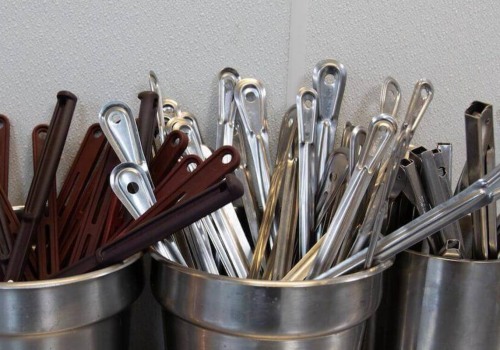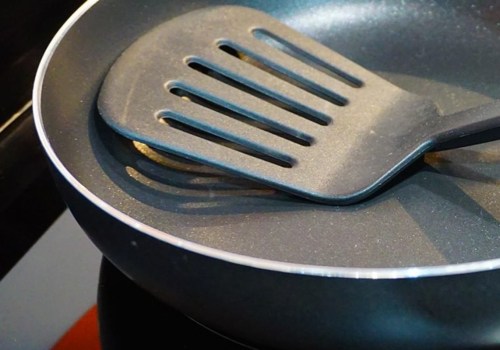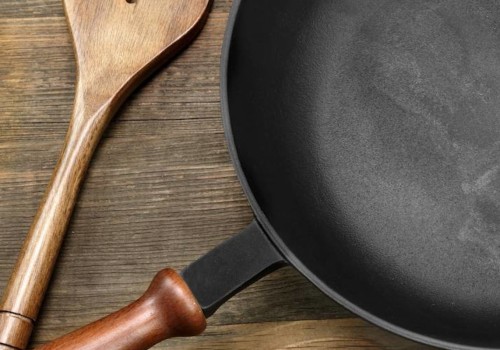Are you wondering if you can bring your kitchen utensils with you on a domestic flight? The good news is that it is totally legal to carry steel and aluminum accessories in your checked bags. This includes any type of kitchen utensil, such as knives and knife sets. However, it is important to be careful when packing expensive kitchen knife sets, as they could be stolen from checked baggage. Aluminum and ceramic pots and pans are allowed on the plane, but cast iron pans must be placed in the cargo hold due to their weight.
Additionally, the CAA, which controls airlines operating in the UK, allows pocket knives with blades of less than 6 cm (2.4 inches) in carry-on baggage, but has banned multi-tools, even if the blade length is less than 6 cm. Metal forks and spoons are allowed in both carry-on luggage and checked baggage without any type of limitation. The TSA does not allow any knives in carry-on baggage, unless it is a round blade butter knife or a plastic knife. Damascus knives are treated essentially identically to fixed blade knives, so they can be packed in checked baggage.
Other utensils such as metal or plastic forks and spoons are also allowed in both carry-on and checked baggage. Toy guns must be packed in checked baggage, but some of them may also be allowed in carry-on baggage. The TCCA, which controls airlines operating within Canada, allows knives with blades smaller than 6 cm (2.4 in) to be in carry-on baggage, and all other types of knives must be packed inside checked baggage. Sprays cannot go under the plane, and standard-size cooking spray doesn't fit in the liquid bag either.
Solid foods such as fruits, nuts or salads can be easily transported, but foods with a high liquid content (for example, curried foods or sauces) are only allowed in 100 ml containers, regardless of the amount they contain. Finally, plastic utensils are not suitable for cooking on cast iron utensils as they may melt. Therefore, it is best to stick to metal utensils when cooking on cast iron.



